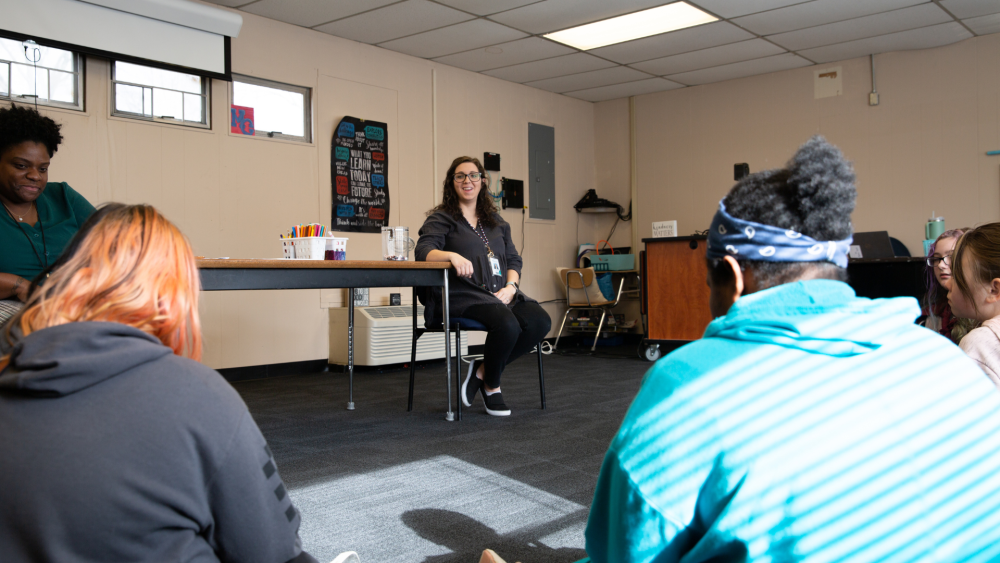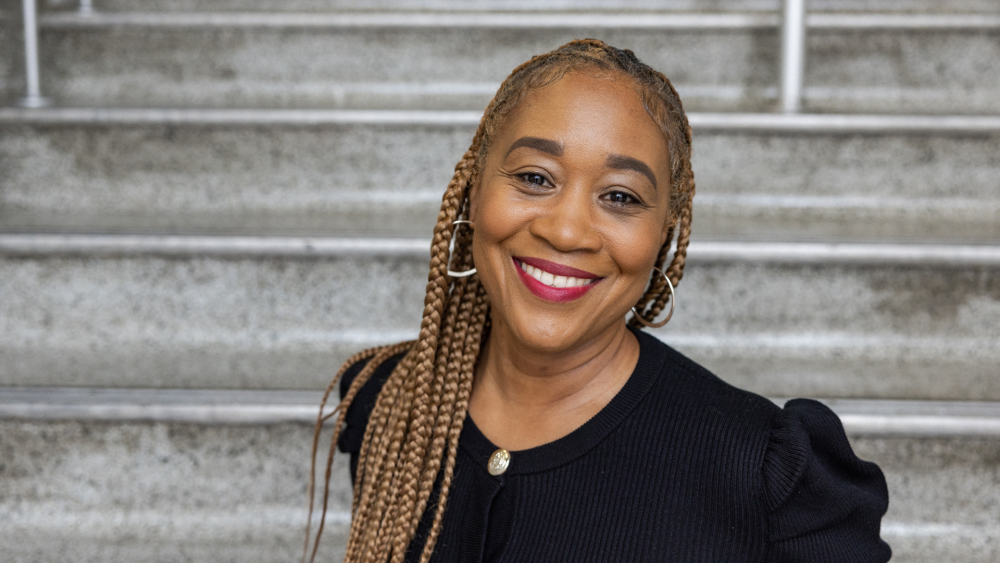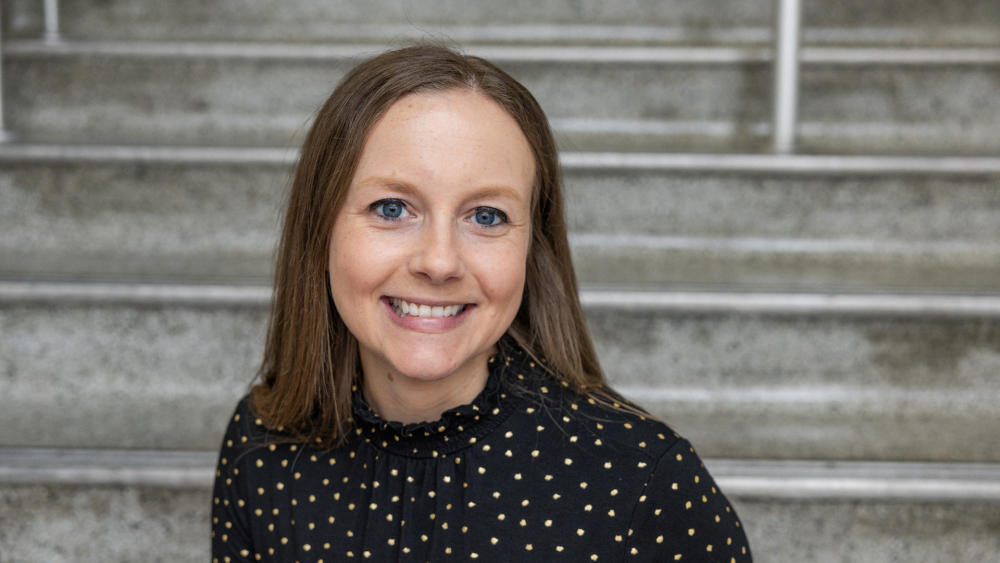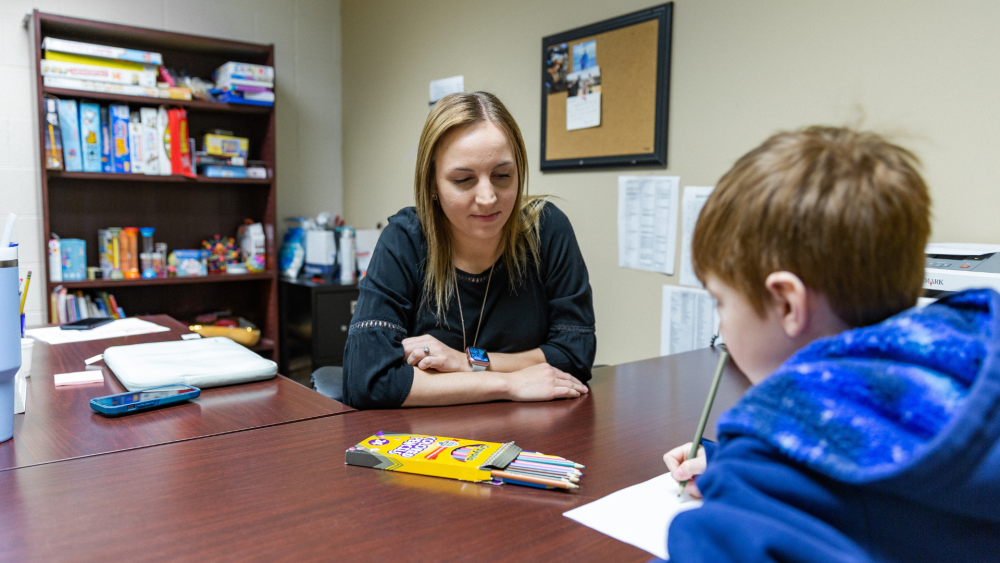CMCSS hired nine District Social Workers in 2022. Have they made an impact? (Part One)
March 15, 2023
Please note: This article was originally posted during a previous school year. Information and/or dates from past events
may be not be relevant for the current school year.
At first glance, the scene could be anywhere, a group of teenage girls chatting freely, giggling occasionally, and leaning in as someone shares something personal. Sitting in a circle, cross-legged on the floor, they share experiences that are far from light-hearted. Each opens up about heavy burdens with a trusted individual – their school social worker.
The students are candid, and it is evident that they trust the group members. Stories flow from the children as they work through emotions about caring for younger siblings, mending broken relationships with friends, and hoping that the new home their family has found will be permanent.

In 2022, CMCSS added nine district social workers to its roster, a response to the dramatic increase in need seen not only in Montgomery County but nationwide. Students are struggling, and school social workers are one piece of the complex puzzle.
“We have seen a decrease in mental health awareness or well-being,” said Tomecia Slade, a Lead Social Worker for the district. “There is a difference between having a mental illness and mental wellness.”
Mental wellness refers to how an individual thinks, acts, and interacts socially. Practicing positive mental wellness includes exercise, healthy social engagement, and coping skills. Mental illness is a medically diagnosed condition.
“We’ve definitely seen more students with depression, anxiety, PTSD,” Slade continued. “Students with more trauma. Those things were there prior to COVID. The students are just more aware of their emotions and what’s going on. They’re more in tune with themselves now.”
Students may turn to negative coping skills in response to a stressful situation. This could include vaping, attention-seeking, emotional outbursts, and other negative coping skills. The social workers caution that it is not always explosive, aggressive behaviors that indicate a child is struggling. The social workers describe it as being “checked out.” Students may simply shut down, no longer participate in class, sleep through class, or change their eating habits. “A student who was normally attentive no longer wants to be in class, no longer wants to be engaged. You’re seeing a student who was very outgoing has now become withdrawn.”

The response to stress and the hardships children face can vary dramatically. For some, it may include unstable family relationships, financial strain, or a sudden life change such as a house fire. Other students may experience more chronic trauma, such as housing insecurity, homelessness, or a parent’s mental illness.
“We have parents that are struggling with depression, anxiety, mental illness, and then you have students that have those same issues,” said Slade. “Parents knowing how and where to send their kiddos – that’s a big deal right now. We’re helping parents navigate through how to help their kids.”
Supporting students and their families is the core focus of district social workers. They can relieve the strain on teachers, counselors, and school administrators who have many other tasks and simply cannot always spend the required time to get to the root of every issue.
Megen Reynolds is also a Lead Social Worker for the district. She praised her team’s ability to respond to needs quickly. “In order to tackle these behaviors, our students’ basic needs have to be met,” stated Reynolds. “That’s definitely something this team has been able to help with – getting food out quickly, getting clothing out quickly. Just supporting the students with their basic needs first.” A child’s basic needs must be met before they can successfully participate in the school environment. No one functions well with a lack of sleep or limited access to food. The stress of not being able to provide weighs heavily on families. When the social workers are able to step in and find resources, “It helps the parents take a burden off them as well.”

Direct access to social workers in the building has supported students, teachers, and families. Melanie Sivels is a social worker assigned to Montgomery Central Middle. “There is such a need for students with behavior issues, anxiety, or depression to have a place to go.” stated Sivels. “We’re in the school and can pull those students [from class]. They’re not having to miss school. Parents don’t have to take them anywhere for an appointment. If they’re a student at the school, we can help them.” The other benefit, families don’t have to worry about insurance or billing.
The change across the district is evident and growing. Tiffany Tope shared an experience with a fourth-grade student who receives one-on-one support. “[She] didn’t have a lot of friends and had a lot of attention-seeking behaviors,” Tope said. Together, they worked on building social skills and played games. “The past few weeks I’ve worked with her, she has built some relationships with other girls.” Tope proudly shared the student was invited to a sleepover, a huge accomplishment for this reserved child. “She was in her shell and seemed like such a quiet little girl. Her teachers talk about what a bright light she is now.”

Because the nine district social workers are stretched across 45 schools, they are each responsible for five or six schools at a time. Working in unison with school staff is critical to the student’s success. School counselors are valuable partners as the social workers assess situations and work to build relationships within the classroom.
Selena Mcallister explained a recent experience with a first-grade student that required her to work with the student and provide support to her teacher.
“She [first-grader] had lots of big emotions she didn’t know how to express,” Mcallister explained. “When I initially saw her, she had very explosive behaviors. She could not regulate her emotions.” Social workers often work with students to acknowledge emotions, learn self-regulation skills, and practice communication. Mcallister and the school counselor collaborate on the progress of the first grader. “She’s had lots of great days and made a lot of progress. She was able to tell her teacher (verbally) she was frustrated and able to address the situation in the classroom versus being taken out of the classroom.” Supporting the teachers is key to successfully managing student behavior in the classroom.
District social worker Claudette Sims explained, “Sometimes the students just need someone to be with them to approach the teacher.” Teachers often manage between 30 and 120 different personalities in a single day. If a relationship begins with conflict, teachers and students need the tools to know how to move forward. “Having us present and being a support to talk with the teacher is a lot of help for most students,” said Sims.
Tomecia Slade agreed. “Offering the teacher the support they need to understand how to help a student regulate their emotions when there are so many personalities in a classroom. It’s not a one size fits all.”
In less than a year, the district social workers have made great strides in establishing themselves as a resource to schools. This summer, they will lead a discussion for Certified and Classified staff during the Engage Conference hosted by CMCSS Professional Development. The goal is to train school-level staff on de-escalation and strategies for helping students regulate emotions, among other resources.
Trauma affects any age, any school, and anywhere. Students can come in as early as Pre-K and have experiences no child should face. District social workers are uniquely positioned to support students inside of school and work with teachers and families to address their needs.
As we continue our look at the role of school social workers, we’ll explore the methods and practices used by the team to build healthier social-emotional supports that positively impact student learning.

